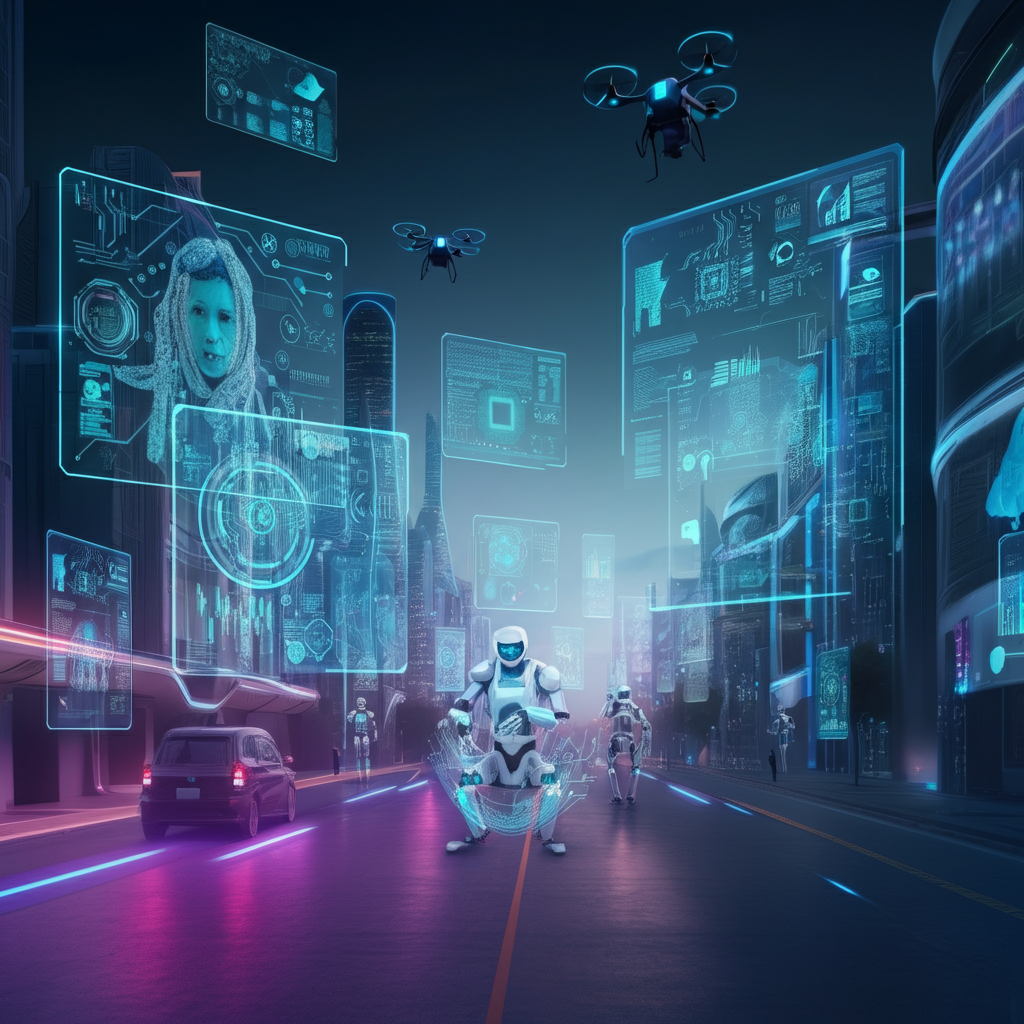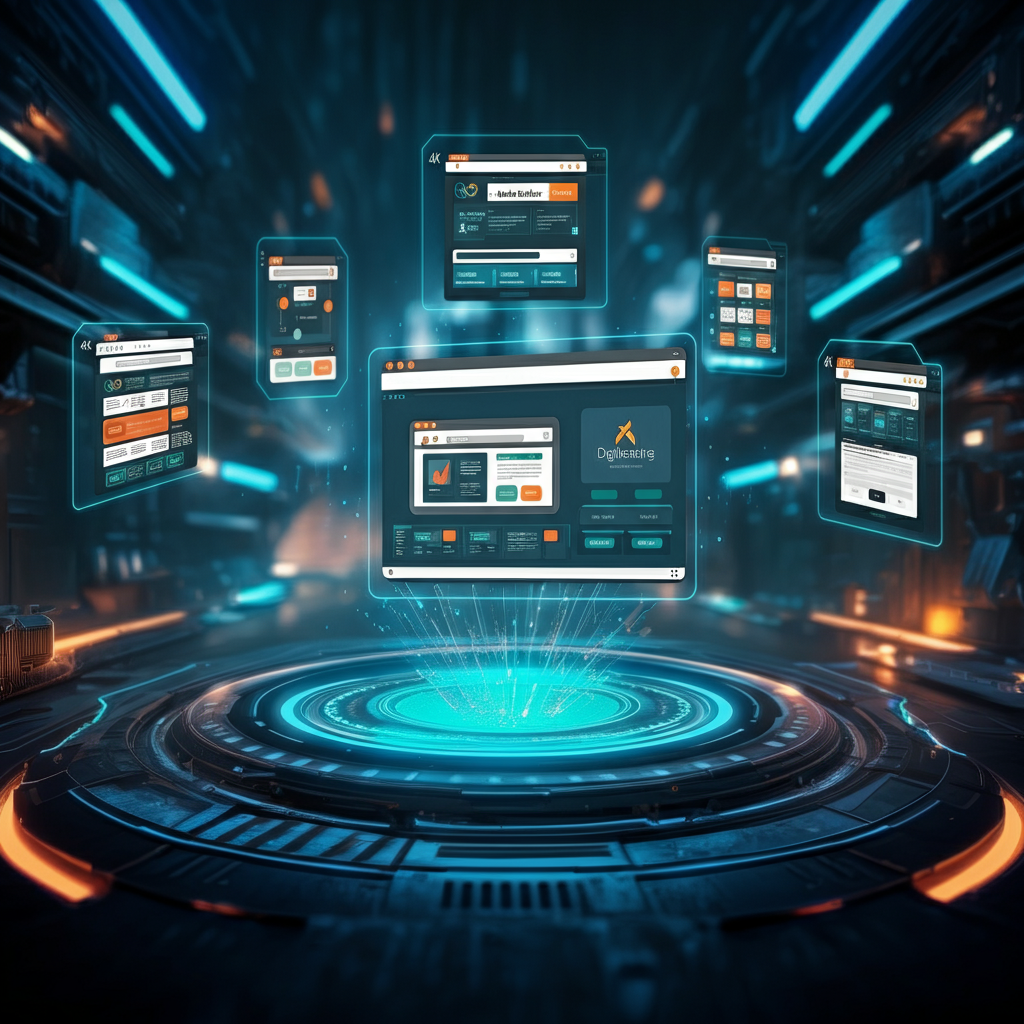AI and Cybersecurity: A Dynamic Duo Protecting the Digital World
The digital age has brought us countless innovations and conveniences, but it has also exposed us to unprecedented threats. Cybersecurity breaches are growing more sophisticated, jeopardizing sensitive data, personal privacy, and even national security. Enter artificial intelligence (AI), a game-changing force that's revolutionizing how we defend against cyber risks.
This blog explores the intersection of AI and cybersecurity, examining how this powerful combination is reshaping the digital landscape. We'll look at AI applications in threat detection, data security, and incident response, while also addressing the challenges and ethical considerations that come with it.
The Increasing Need for Advanced Cybersecurity
Cybercrime is on the rise. According to a 2023 report, global cybercrime damages are projected to hit $8 trillion this year. From ransomware attacks to phishing schemes, cyber threats are becoming more targeted and harder to identify. Traditional methods of cybersecurity, while vital, often struggle to keep pace with these sophisticated methods. This is where AI steps in to strengthen the fight.
AI offers unparalleled capabilities in processing large volumes of data, identifying anomalies, and adapting to new trends faster than any human could. When paired with cybersecurity systems, AI doesn't just respond to threats; it anticipates and mitigates them before they can cause harm.
AI in Cybersecurity: How It Works
1. Threat Detection at Lightning Speed
The hallmark feature of any effective cybersecurity system is its ability to detect threats quickly and accurately. AI excels in this area, analyzing massive datasets in real-time to pinpoint suspicious activities.
For example:
- Machine Learning Models can identify patterns in network traffic that deviate from the norm, flagging potential breaches.
- AI solutions like Darktrace use self-learning models to detect zero-day threats that traditional antivirus systems might miss entirely.
With quicker threat detection, companies can act fast and minimize potential damage.
2. Automated Incident Response
Time is critical when responding to a cyberattack. AI can automate incident response, ensuring that breaches are contained and mitigated before they escalate.
Specific applications include:
- AI-powered Firewalls: Automatically block unauthorized access.
- Endpoint Detection and Response (EDR): Platforms like CrowdStrike leverage AI to isolate infected endpoints and prevent further contamination across networks.
These automated approaches save time and streamline efforts, which is crucial in today's fast-evolving threat landscape.
3. Predictive Analytics for Proactive Defense
Beyond reacting to threats, AI enables organizations to adopt a proactive cybersecurity strategy. Predictive analytics uses historical data to foresee potential vulnerabilities and prevent issues before they occur.
For instance:
- AI tools can simulate cyberattacks (penetration testing) to identify weak spots in a company’s defense.
- AI-driven forecasts allow teams to prepare for known types of attacks, such as Distributed Denial of Service (DDoS) events, before they happen.
This level of foresight keeps organizations one step ahead of cybercriminals.
Enhancing Data Security with AI
Real-time Encryption
Securing sensitive data is at the core of any cybersecurity strategy, and AI has elevated encryption to new levels. Real-time AI encryption tools ensure that data remains protected during transfers, making it inaccessible to unauthorized users.
One example of this is IBM’s AI-driven “Confidential Computing.” This technology encrypts data even when it’s being processed, ensuring maximum protection from prying eyes.
AI and Biometric Authentication
AI has also improved identity verification and access control. Biometric systems powered by AI can now:
- Recognize faces, voices, and fingerprints with remarkable accuracy.
- Continuously learn and adapt to reduce the risk of spoofing attempts.
AI-enhanced biometric authentication ensures that only authorized users access critical systems, creating a robust security framework.
Challenges and Ethical Considerations
While AI's integration with cybersecurity offers immense potential, it also raises challenges and ethical dilemmas.
1. False Positives and Negatives
AI systems, while powerful, are not perfect. A false positive could unnecessarily block legitimate users, while a false negative might allow a real threat to go unnoticed. Achieving the right balance involves continuous training and optimization of AI models.
2. AI in the Hands of Cybercriminals
The same sophisticated AI tools used to bolster cybersecurity can also be weaponized by hackers. AI-driven malware and phishing schemes are becoming harder to detect and require even more advanced defenses.
3. Privacy Concerns
AI often requires access to large datasets for training, which can include sensitive and personal information. It’s essential to address how this data is stored, shared, and used to ensure ethical compliance. Transparency and regulation are paramount in mitigating these concerns.
Why Businesses Can’t Afford to Ignore AI in Cybersecurity
Organizations across every industry, from healthcare providers to financial institutions, are increasingly relying on AI to safeguard their systems. The competitive advantage is clear:
- Cost Savings: Automation reduces the need for a large cybersecurity team, cutting expenses without compromising security.
- Scalability: AI solutions can handle large and complex infrastructures, making them ideal for businesses of all sizes.
- Improved Customer Trust: Strong cybersecurity measures foster trust and confidence from customers and stakeholders.
Harnessing the Power of AI in Cybersecurity
The collaboration between AI and cybersecurity is more than just a trend; it’s a necessity in our digital world. By leveraging AI’s capabilities, organizations can stay ahead of cybercriminals and protect sensitive data effectively.
If you’re ready to enhance your cybersecurity strategy, consider exploring AI-powered tools. They could be the dynamic shield your organization needs to thrive in an increasingly digital landscape.
Leave a comment
Your email address will not be published. Required fields are marked *




